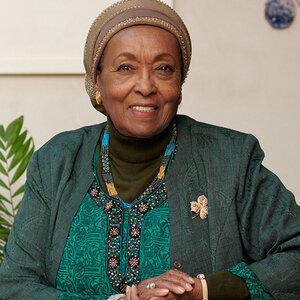2005 Templeton Prize Recognizes Co-Inventor of the Laser
The John Templeton Foundation in Radnor, Pennsylvania, has awarded the 2005 Templeton Prize to Charles Townes, a co-inventor of the laser and a Nobel Prize-winner in physics, for his lectures and writings about the importance of relating science and religion.
Townes, 89, is best known for his investigations into the properties of microwaves, which resulted first in the maser, a device which amplifies electromagnetic waves, and later his co-invention of the laser, which amplifies and directs light waves into parallel direct beams. His research, for which he shared the Nobel Prize in Physics in 1964, opened the door for an array of inventions and discoveries now in common use throughout the world in medicine, telecommunications, electronics, computers, and other areas.
It was the 1966 publication of his article, "The Convergence of Science and Religion" in the journal THINK, however, that established Townes as that rare scientist who sought commonality between the two disciplines. So unusual was such a viewpoint at the time that Townes admitted in the paper that his position would be considered by many in both camps to be "extreme." Nonetheless, he proposed, "their differences are largely superficial, and...the two become almost indistinguishable if we look at the real nature of each."
The Templeton Prize for Progress Toward Research or Discoveries about Spiritual Realities, established in 1972 by financier and philanthropist Sir John Templeton, is awarded each year to a living person to encourage and honor those who advance knowledge in spiritual matters and, in terms of its monetary value — $1.5 million — is the largest annual prize given to an individual.





